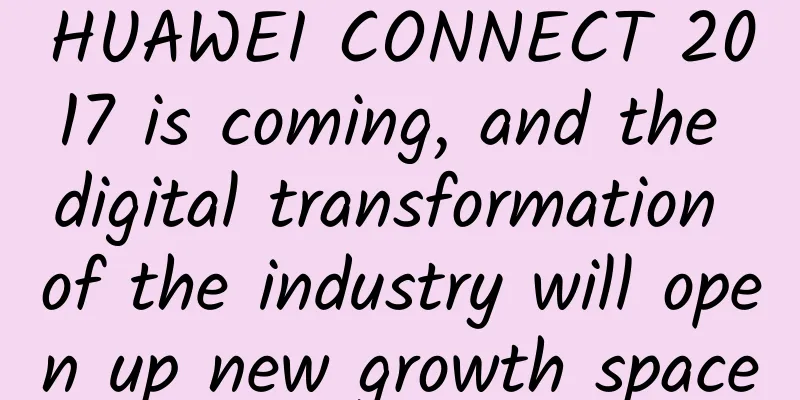How Open RAN and 5G impact sustainability

|
Mobile service providers, infrastructure manufacturers, hyperscale operators and other industry stakeholders met last week at Mobile World Congress to discuss the challenges, opportunities and benefits of the mobile industry, including in terms of sustainability. Building, maintaining and upgrading all the infrastructure needed to run these networks requires sourcing large amounts of materials and components, and managing complex logistics and operations. Unless manufacturers fundamentally change the way they source and extract materials and the way they deliver products, it will be impossible to meaningfully reduce emissions. Unfortunately, the ICT sector is not known for best practices in sustainability. Only 8.6% of the global economy, including the ICT sector, is circular, meaning that less than 10% of the materials used each year are recovered or reused in some way, while more than 70% of global greenhouse gas emissions are related to material handling and use. The current energy crisis, which has severely affected Europe, is a wake-up call to optimize operations and resources to reduce electricity consumption and new materials. Today, many network operators and suppliers are ensuring that the energy used comes from renewable sources. Doing so can reduce the environmental impact of network deployment and operation. Optimizing current operations to reduce energy consumption is good, but more needs to be done to address the power use and carbon footprint of deploying new infrastructure. Open wireless access networks can optimize resources and reduce carbon footprintOpen RAN has long been a topic of discussion within the telecom industry, and the O-RAN Alliance has promoted the principle of network openness. Virtual RAN technology is the key to achieving open RAN architecture and promoting open and flexible network design. One of the fundamental factors driving the adoption of vRAN is the programmability of 5G networks. 5G New Radio is designed for cloud-based management and operations. Now, VMware, Arm, Intel, AWS, Google, IBM, Microsoft and many others are entering the cellular infrastructure and operations market with innovative products to improve network efficiency and sustainability. Here are some of the views expressed by telecom industry representatives at Mobile World Congress:“We’ve been virtualizing the network for a while now,” said Cristina Rodríguez, vice president and general manager of Intel’s Radio Access Networking Division. “In a way, we looked at what was happening in the network and what was needed in the future given the volume of data. We started this journey to virtualize the network end-to-end. We started at the core.” “We built an architecture based on a fully programmable, flexible, general-purpose processor with integrated acceleration for the most demanding parts of the workloads. And we delivered twice the capacity of the previous generation in the same power envelope.” Mohamed Awad, senior vice president and general manager of infrastructure at Arm, agrees that energy efficiency is one of the key drivers for improving cellular and data center infrastructure. “The sustainability and energy challenges we face are getting increasingly difficult,” Mohamed Awad said in an interview. “Four years ago, there were less than 1 million 5G connections. Now there are more than 1 billion. Each of those connections has 10 times the bandwidth of a 4G connection.” “I think the promise of open RAN is real. We are working with a lot of telecom operators, particularly on open RAN. One of the main drivers of open RAN is choice. It’s a philosophy of providing choice and flexibility, which has always been at the core of Arm. We are working with almost every open RAN partner imaginable. I think the other side of that is vRAN, which is the pioneer of open RAN.” Additionally, more processing is now done at the edge to reduce data traffic and enable flexible operations. New 5G networks and private cellular operations have powerful gateways that manage cellular allocation, increase efficiency, and analyze data traffic to improve processes. “A big component of that will be more efficient computing at the edge,” said Dhana Cruickshank, IBM’s global telecom industry client engagement leader. “Edge computing is actually processing data where it needs to be processed, rather than having to shuttle it to a data center or back. Improving network efficiency is going to be key now. Ultimately operators want to be profitable, but the first step is to improve network efficiency.” Optimizing resource and energy consumption is key to achieving sustainable development goals. All stakeholders need to increase efficiency and collaborate to reduce the communications industry’s carbon footprint while optimizing its networks and ensuring everyone can benefit from the digital economy. |
<<: How 5G can unlock the potential of smart homes
>>: What is Power over Ethernet (PoE)?
Recommend
HTTP 403 Error: What it means and how to fix it
While we’re all so used to 404 Not Found pages, a...
EtherNetservers: Los Angeles VPS starts at $12 per year, 1GB/30GB/2TB/2IP, supports Alipay/PayPal
EtherNetservers' cheap annual VPS is currentl...
Four trends will occur in the telecommunications industry in 2023
Greater emphasis on data Telecommunications busin...
RabbitMQ communication model publish-subscribe model
Hello everyone, I am Zhibeijun. Today, I will lea...
The first ICT talent ecosystem white paper was released, and the technical talent gap reached 7.65 million last year
On August 8, Huawei, the China Software Industry ...
AkkoCloud: US CN2 GIA/Germany CN2 GIA/UK CN2 GIA line VPS annual payment starts from 299 yuan
AkkoCloud is a Chinese hosting company founded in...
When the network transmission protocol SRD meets DPU
What? SRD (Scalable Reliable Datagram) is a proto...
2019 Communications Industry Statistical Bulletin: How are the three major operators doing?
The Ministry of Industry and Information Technolo...
80VPS: Los Angeles VPS starts at 199 yuan per year, 8C (237 IP) cluster server starts at 800 yuan per month
80VPS is a long-established Chinese hosting compa...
As long as you are willing to find us to develop, you don't have to be exhausted.
[51CTO.com original article] The boss said that d...
Telecom operators tighten cloud sovereignty and no longer want to be the big guys behind the scenes
"Carrier cloud" represented by China Te...
Deny 5G and believe in Starlink? IQ is a good thing
Not long ago, a foreign artist "made" a...
In 2017, the cybersecurity industry says no to black production!
[51CTO.com original article] In Keigo Higashino&#...
Monitor infrastructure to prevent unexpected downtime
[[258649]] 【51CTO.com Quick Translation】Infrastru...
HostYun newly launched China Unicom AS9929 premium line with high configuration, KVM architecture, 1G memory package with monthly payment starting from 25 yuan
HostYun (host cloud, the original domain name hos...









